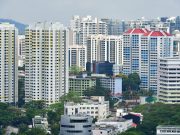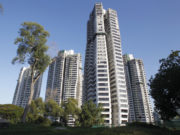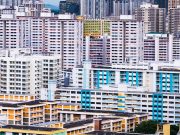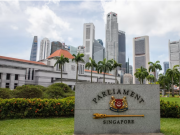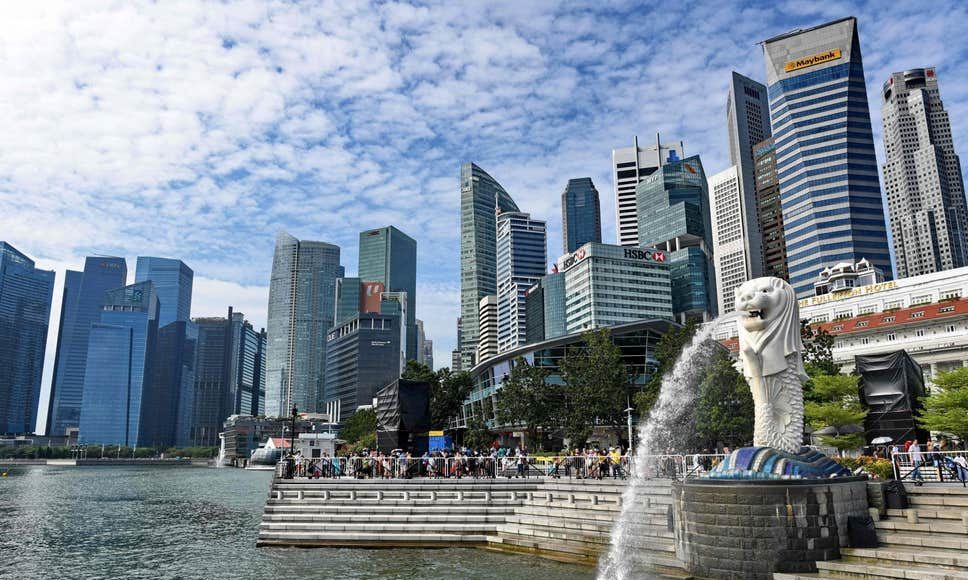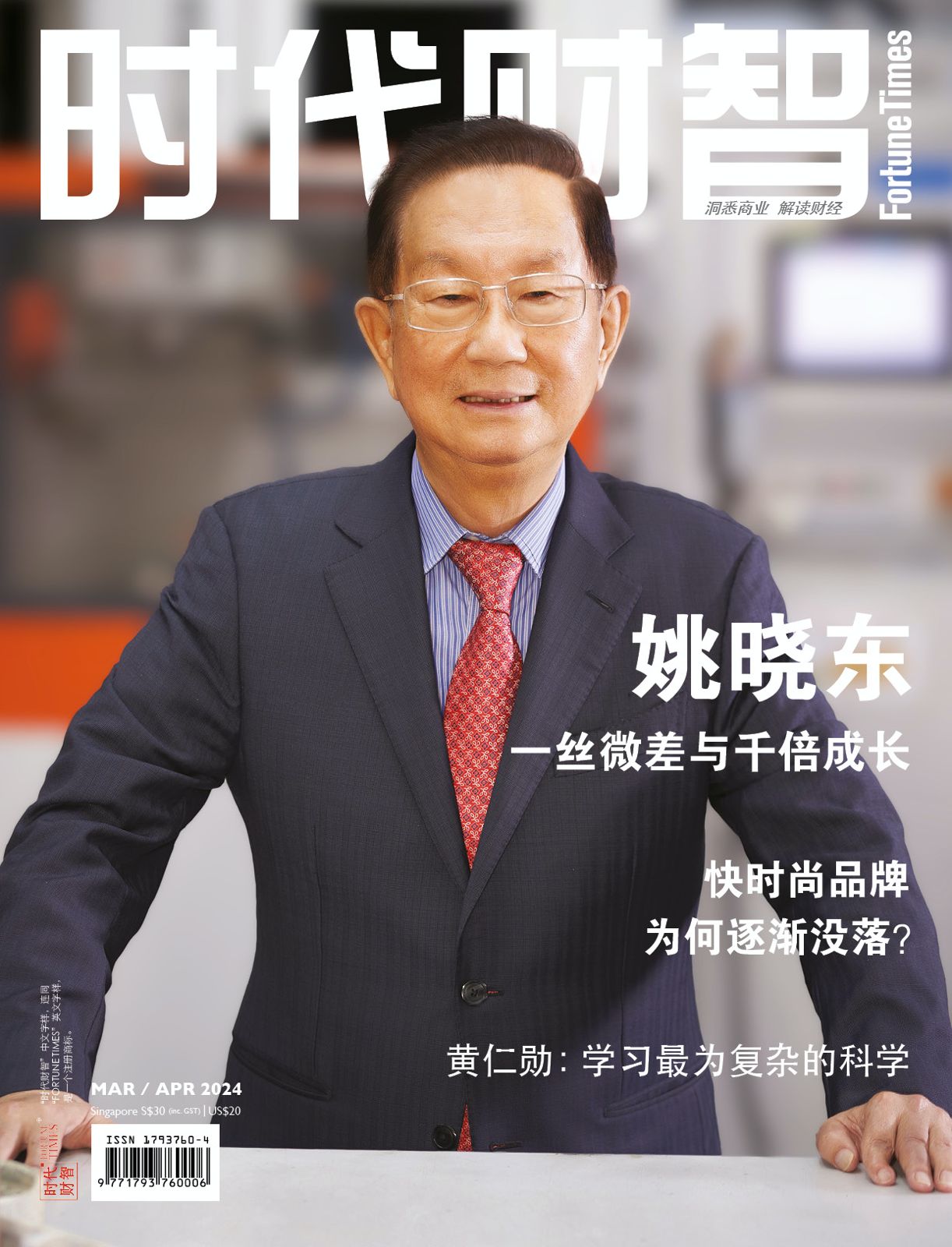(Singapore, Feb 20, 2020)Despite the impact of Covid-19 among other global uncertainties, Singapore’s income inequality has tapered to its narrowest in almost two decades, according to the Department of Statistics’ Key Household Income Trends report which was released today.
The report shows that the Gini coefficient fell to 0.452 last year, lower than 0.458 in 2018 and the lowest since 2001.
The Gini coefficient measures income inequality from 0 to 1, with 0 being most equal.
The report on Thursday also showed that Singapore families earned more from work per person last year. Government transfers and taxes reduced the Gini coefficient further to 0.398.
 Last year, the island country’s median monthly household income from work per household member rose by 4.8 per cent, reaching $2,925, up 4.3 per cent after accounting for inflation.
Last year, the island country’s median monthly household income from work per household member rose by 4.8 per cent, reaching $2,925, up 4.3 per cent after accounting for inflation.The survey also found that households in the 1st to 90th percentile income groups saw real income growth of 3.5 to 5.6 per cent.
This is much higher than the 0.4 per cent seen by households in the top 10 per cent.
The report also noted that resident households, including those with no working person, received $4,682 for each family member on average from various government schemes last year.
Those living in one and two-room Housing Board flats received $10,548 per household member on average – more than double the transfers received by resident households staying in other types of housing.







